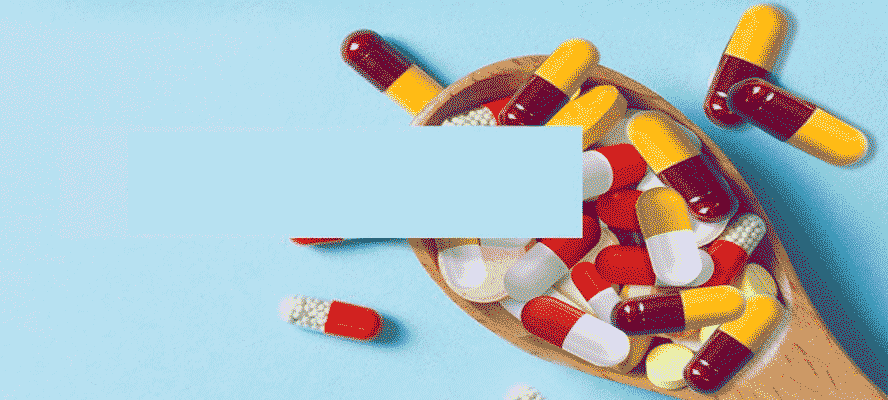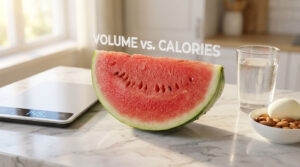What is a likely cause of antibiotic resistance?
When one feels sick and wants to feel better fast,
antibiotics are not always the answer! Although,
they have set a stage for modern medicine,
their risk outweighs their benefits if not used with care.








